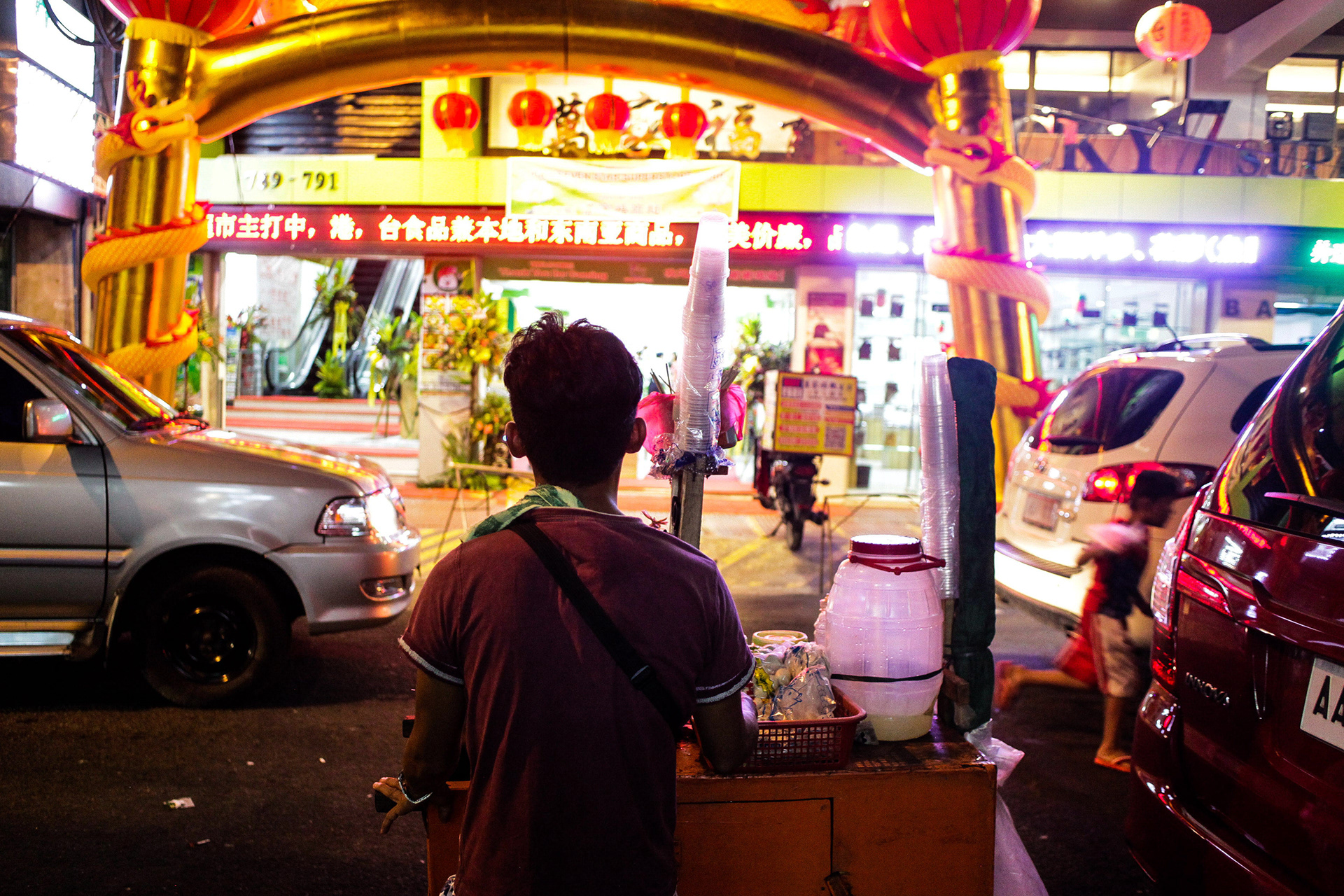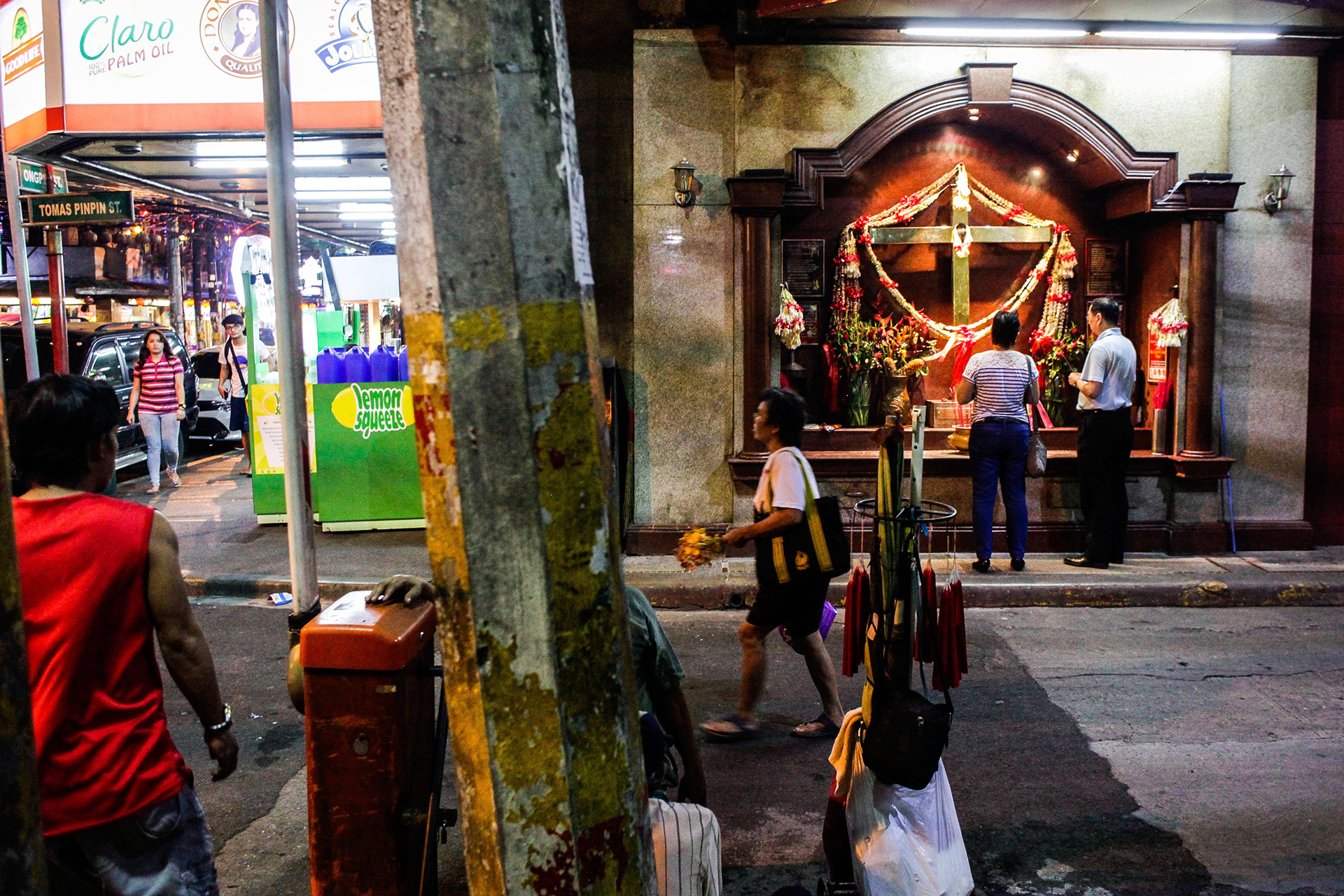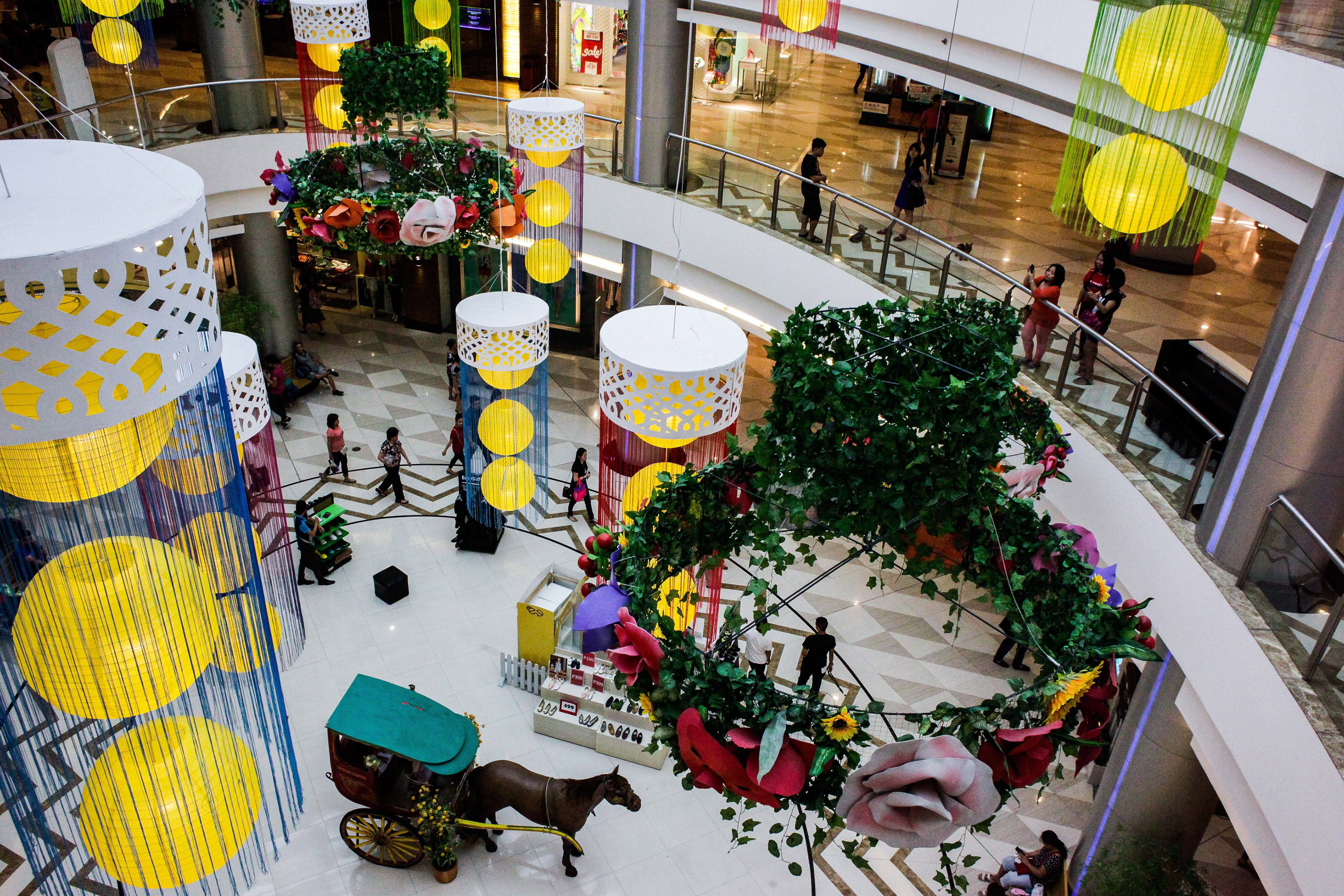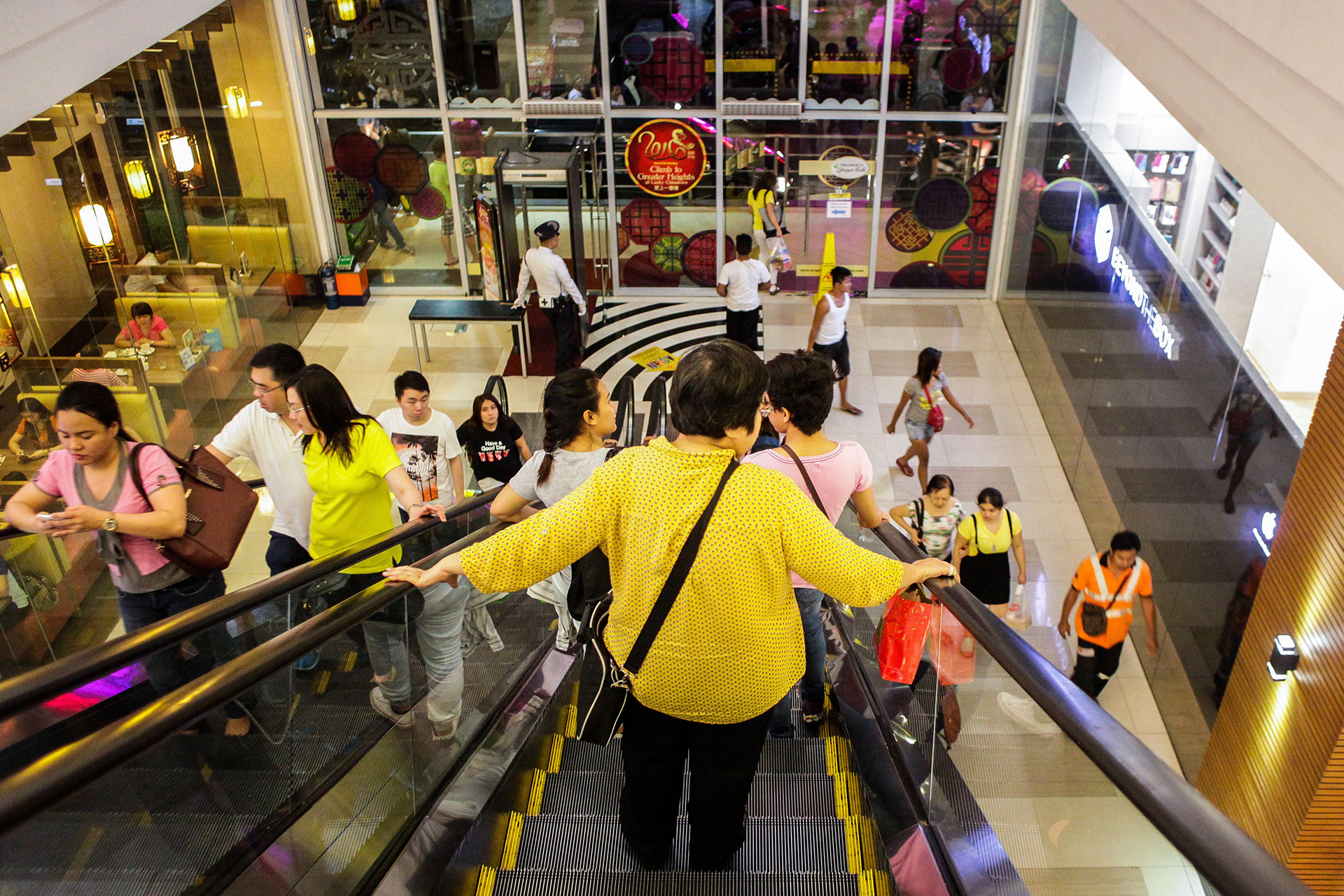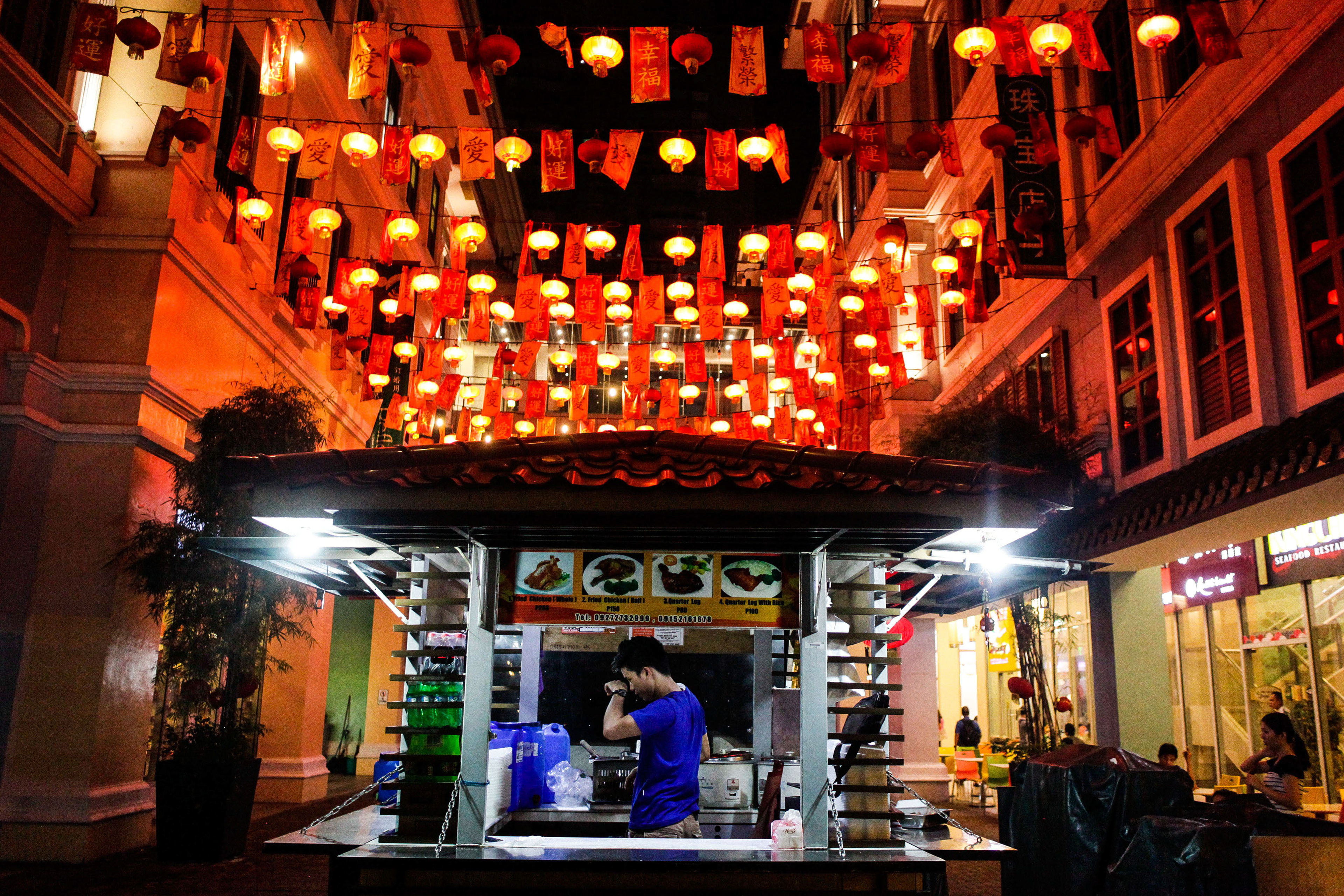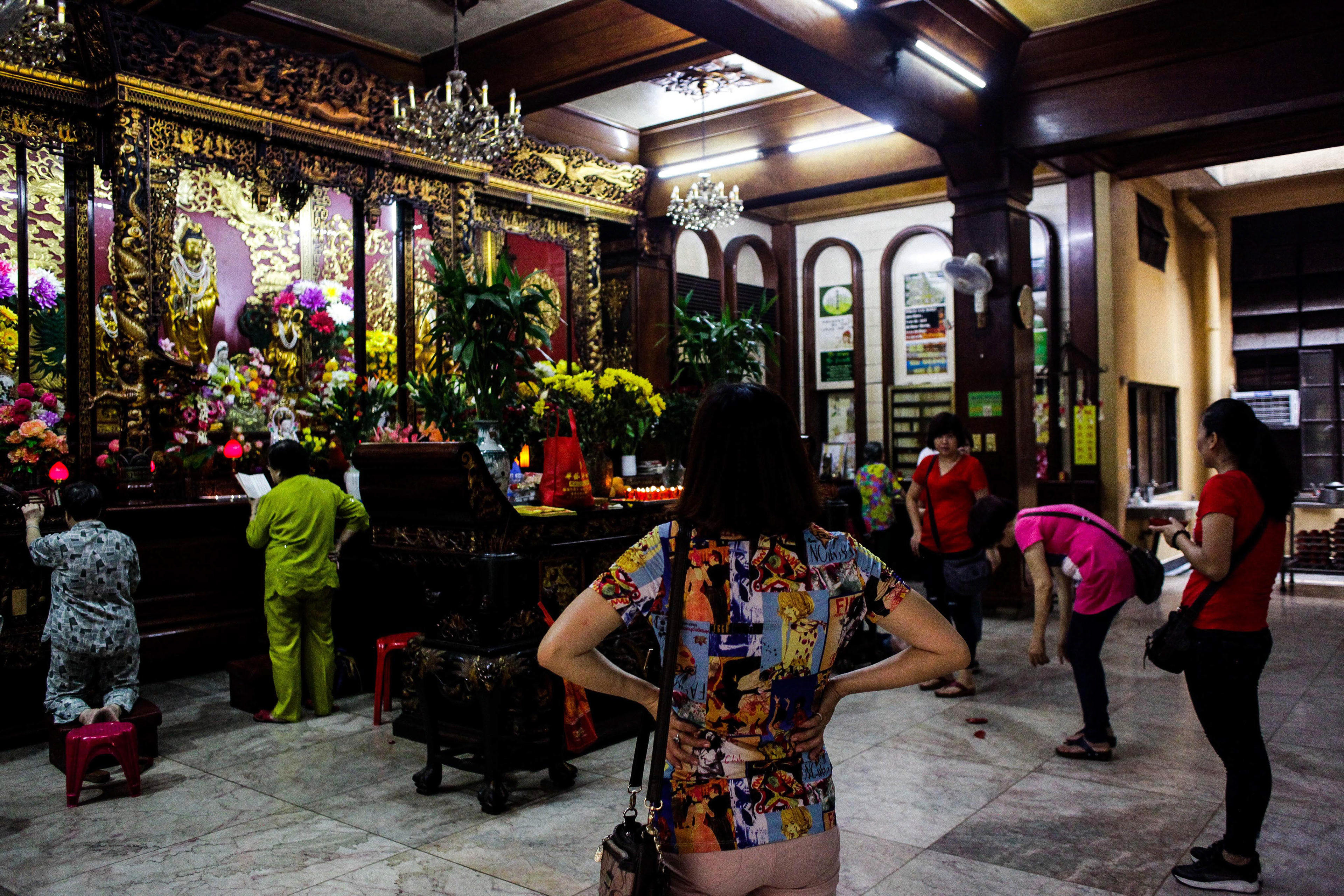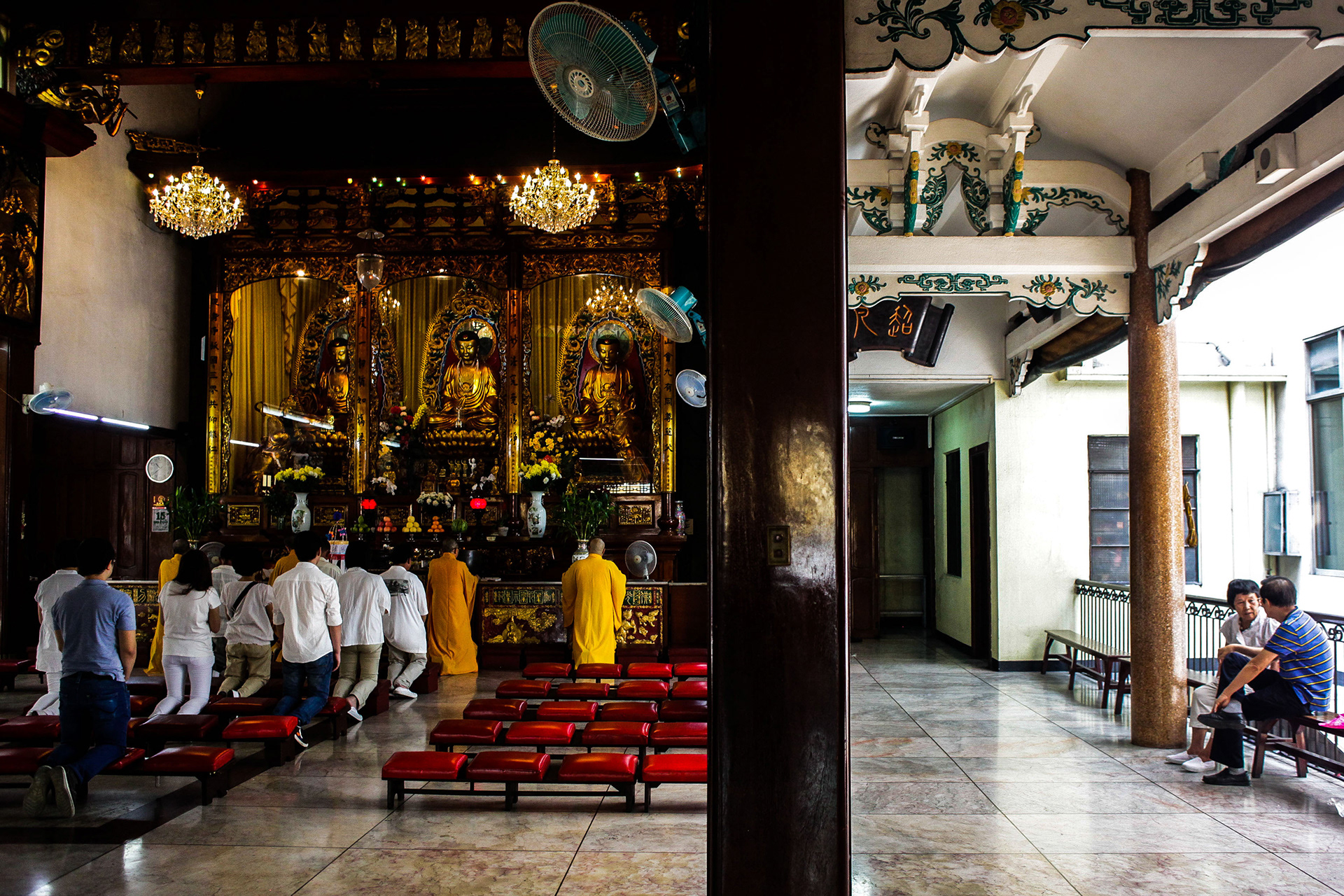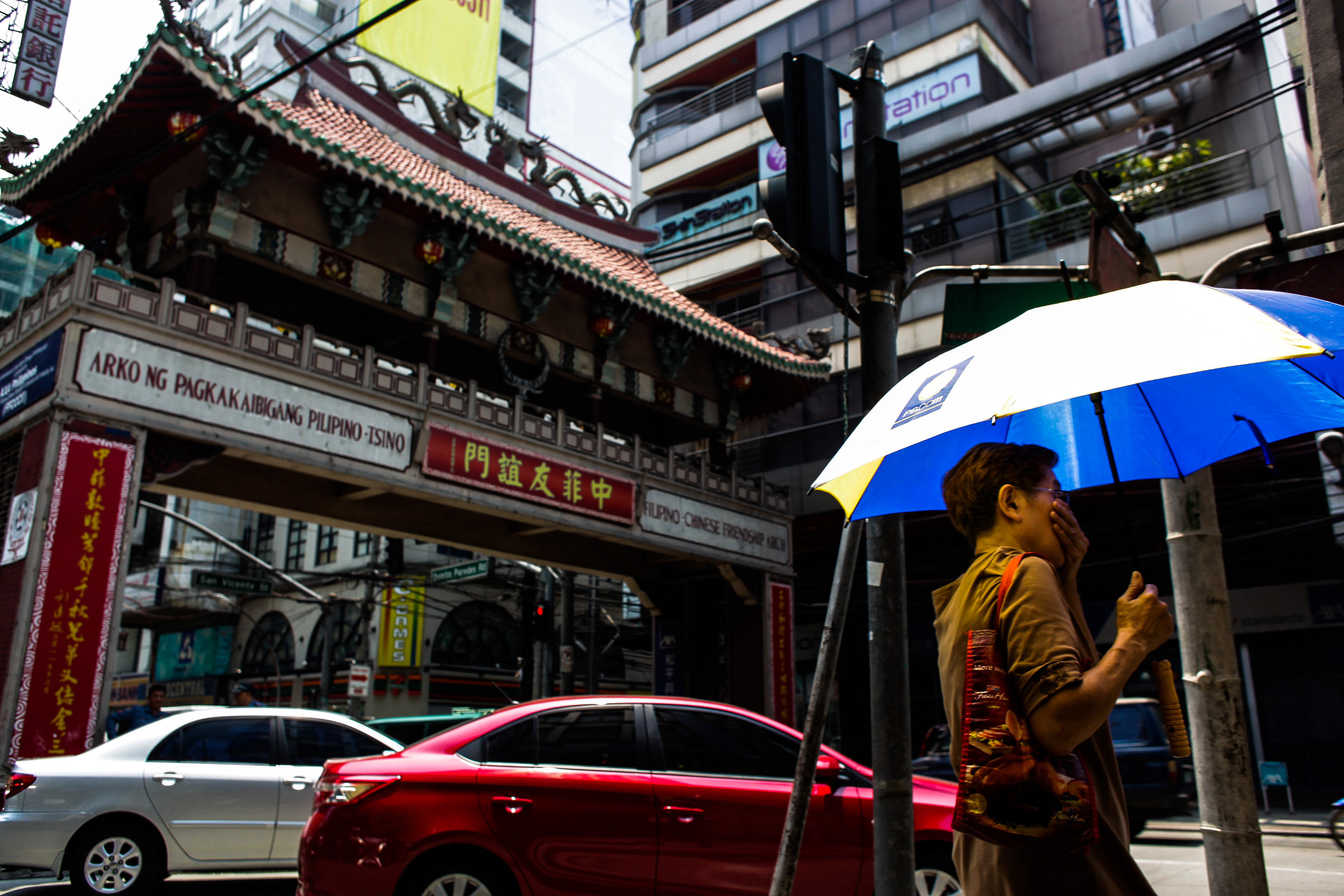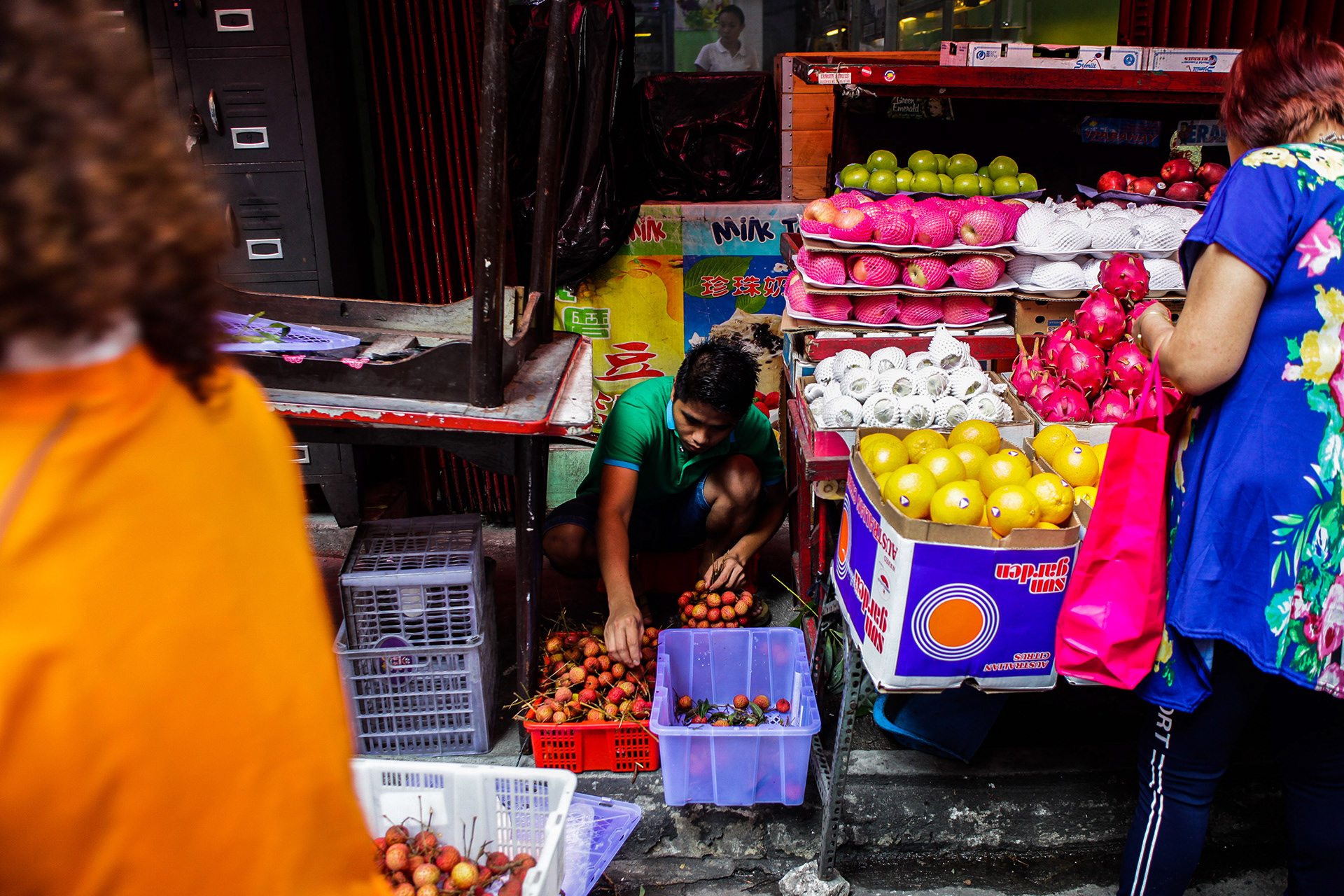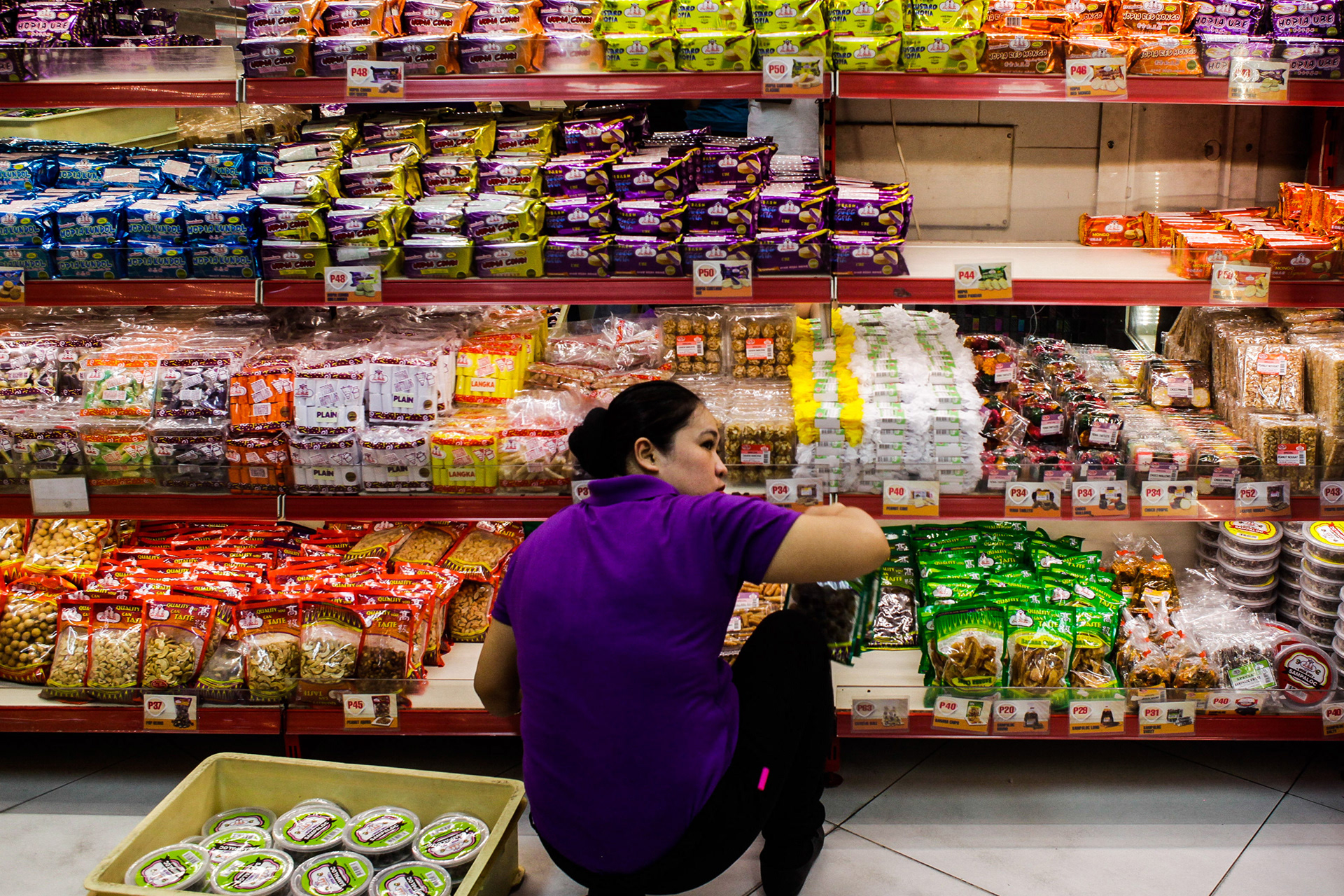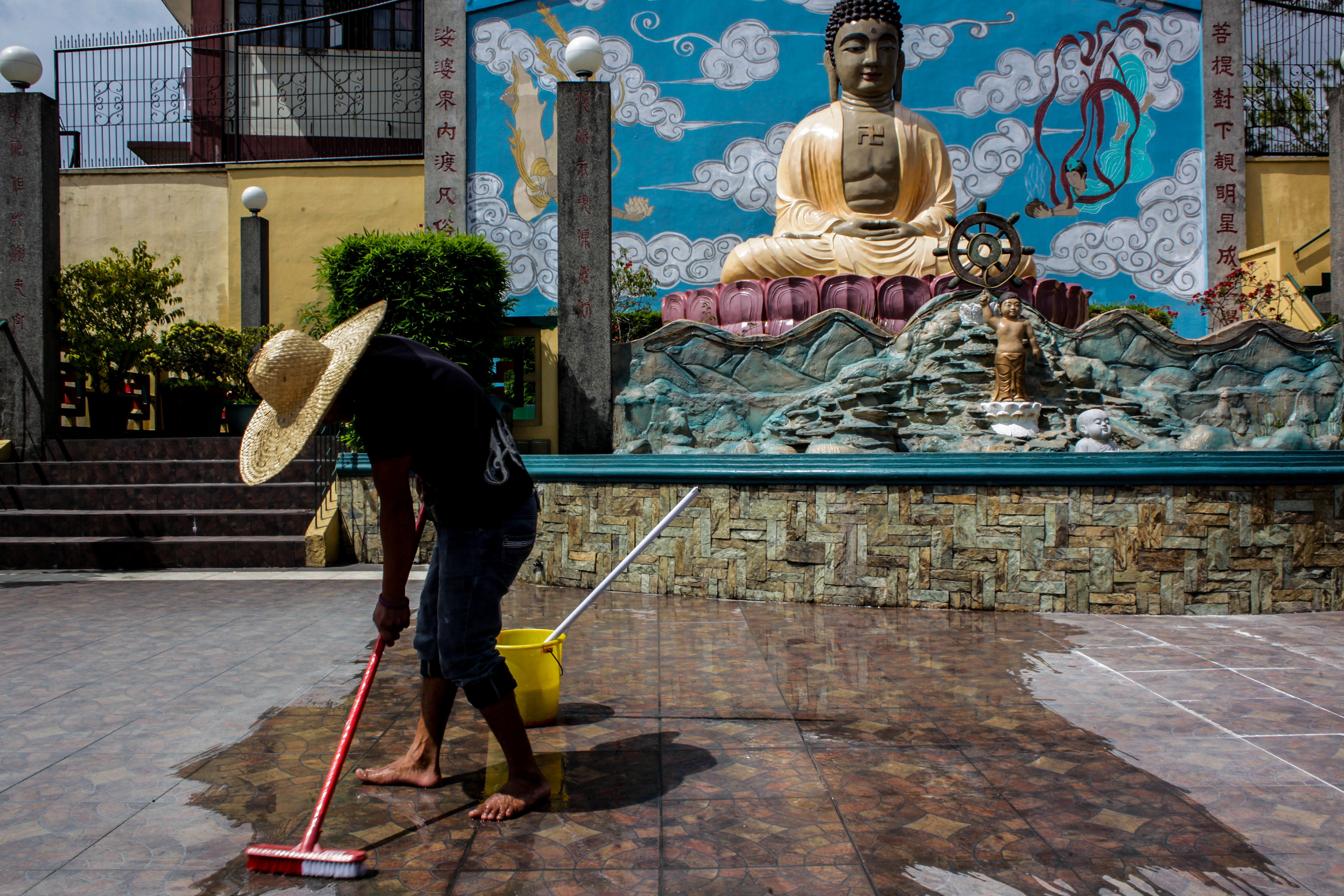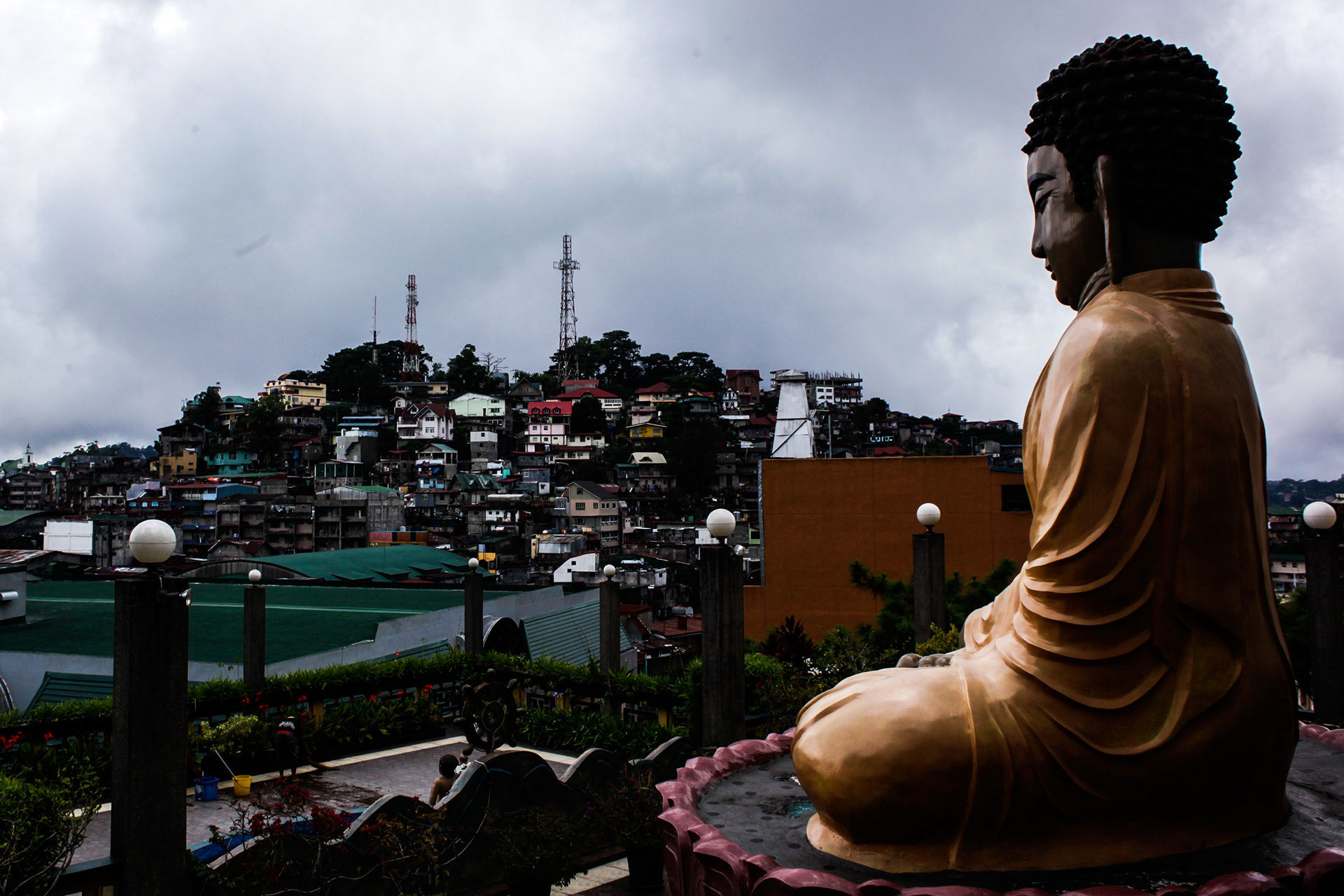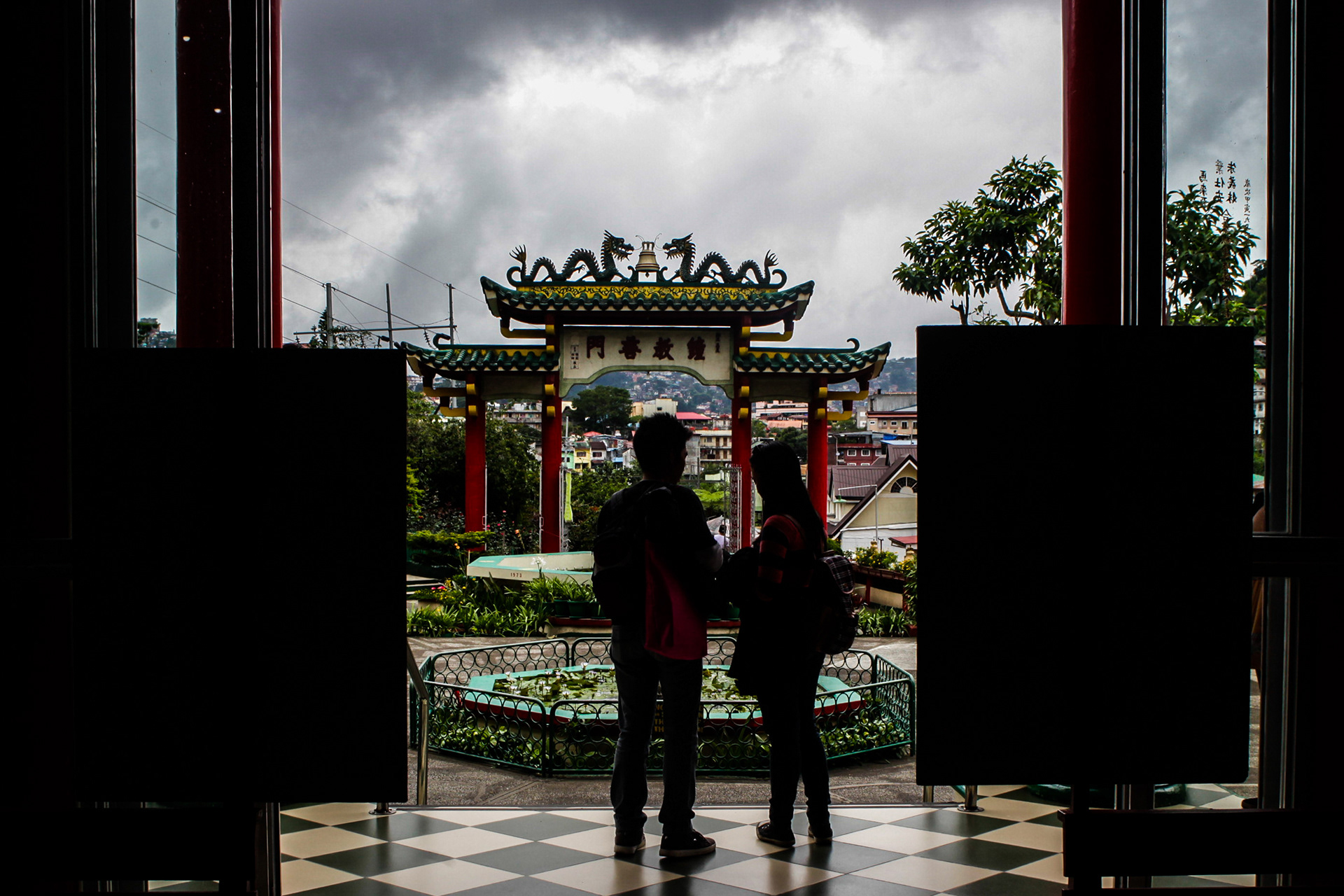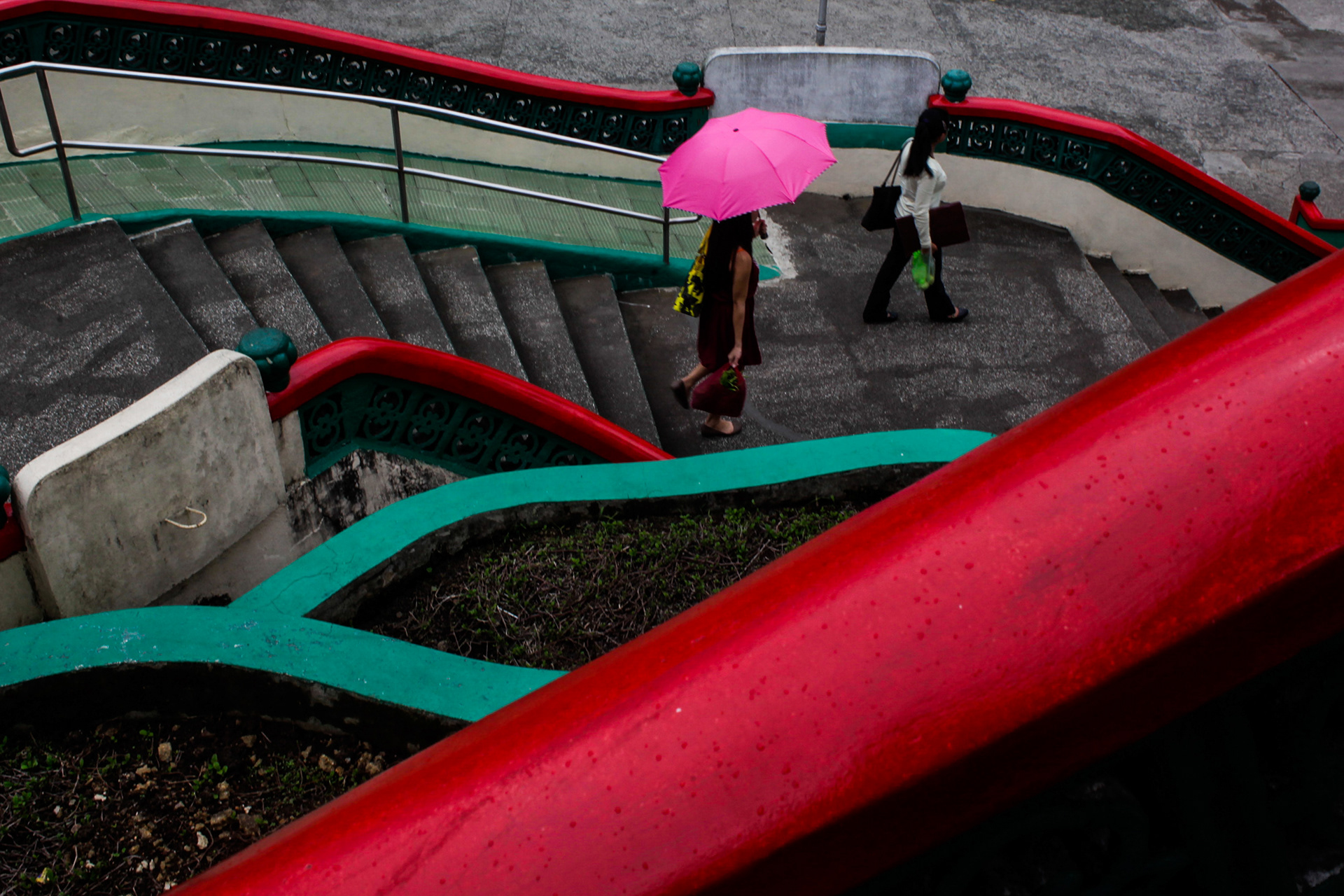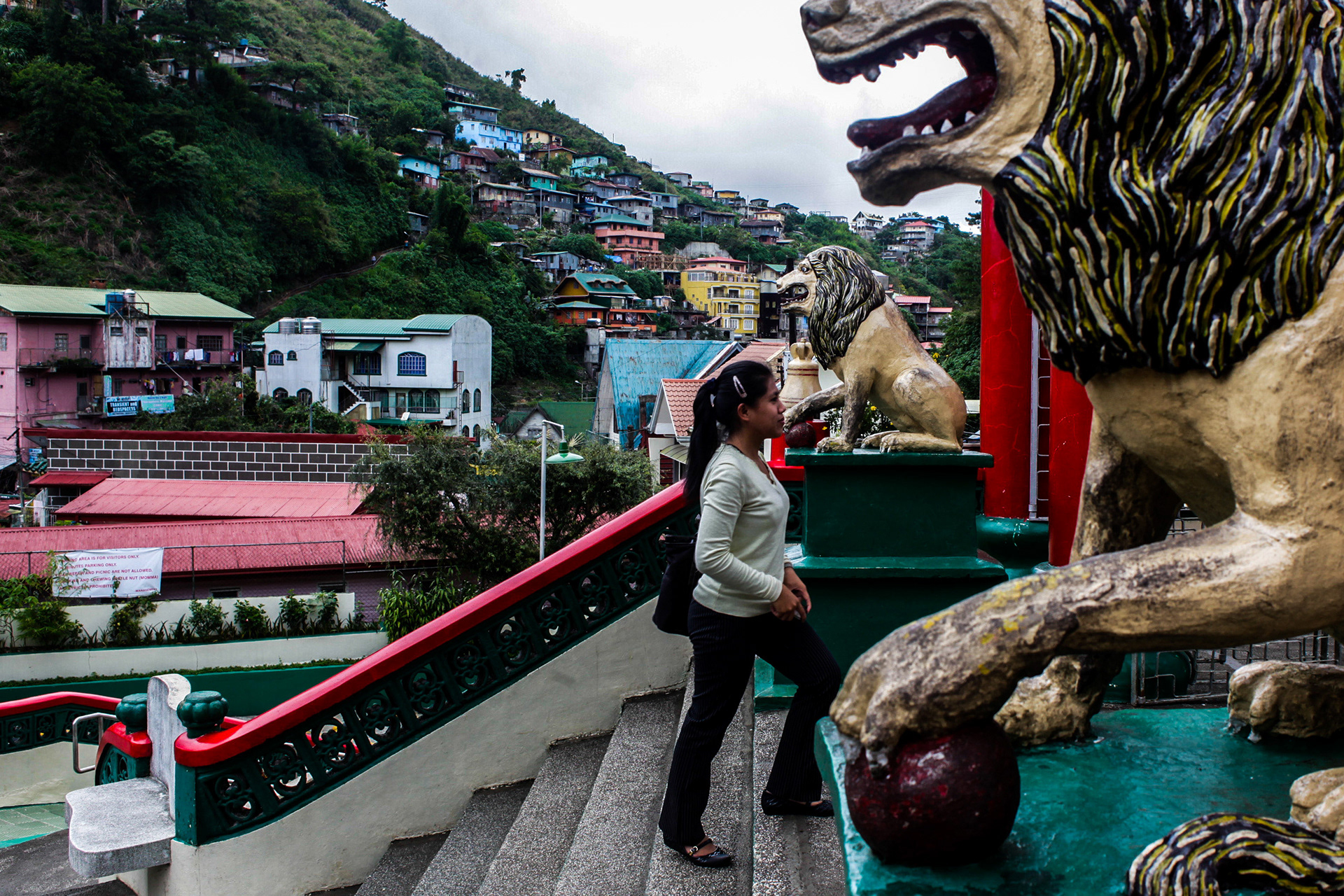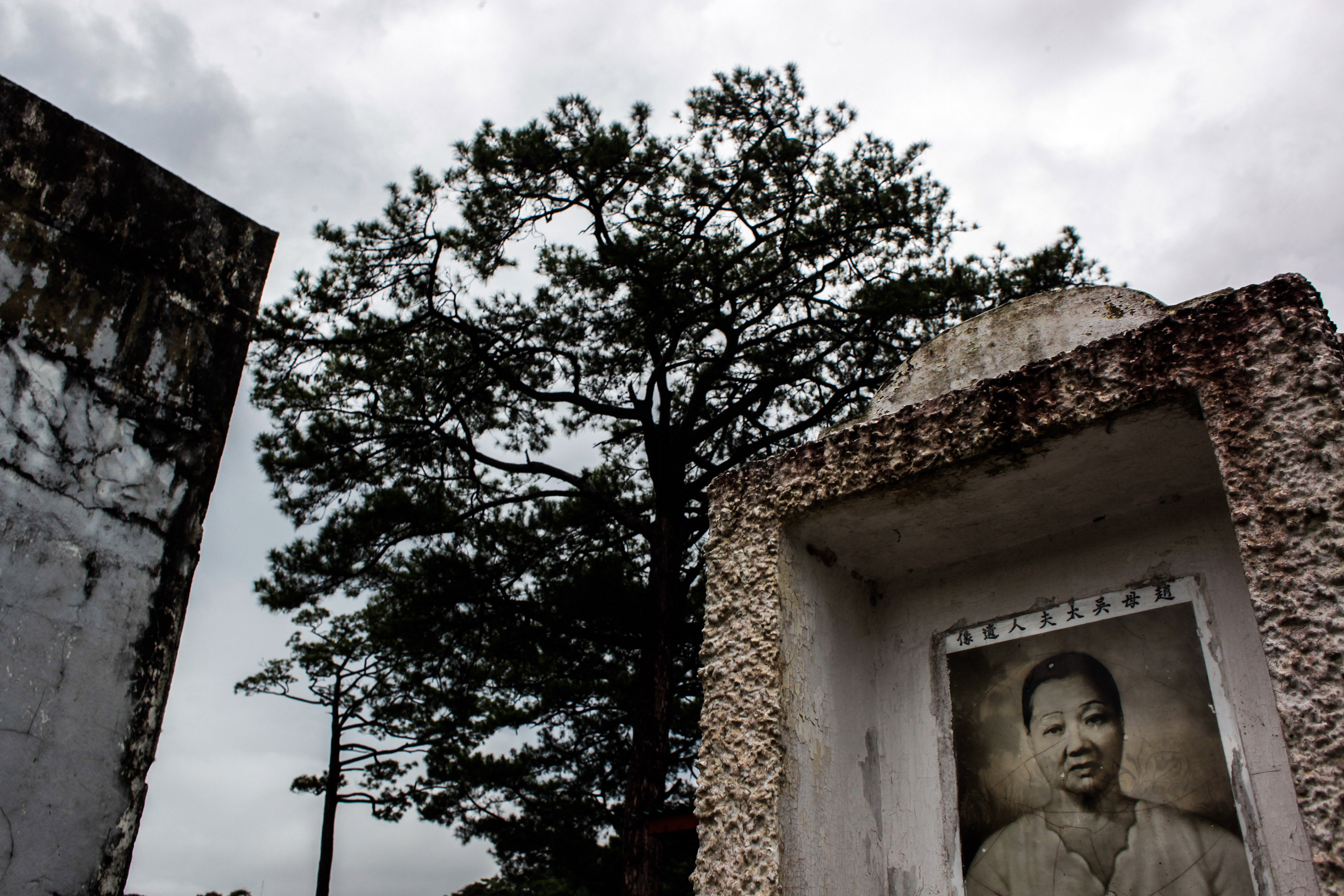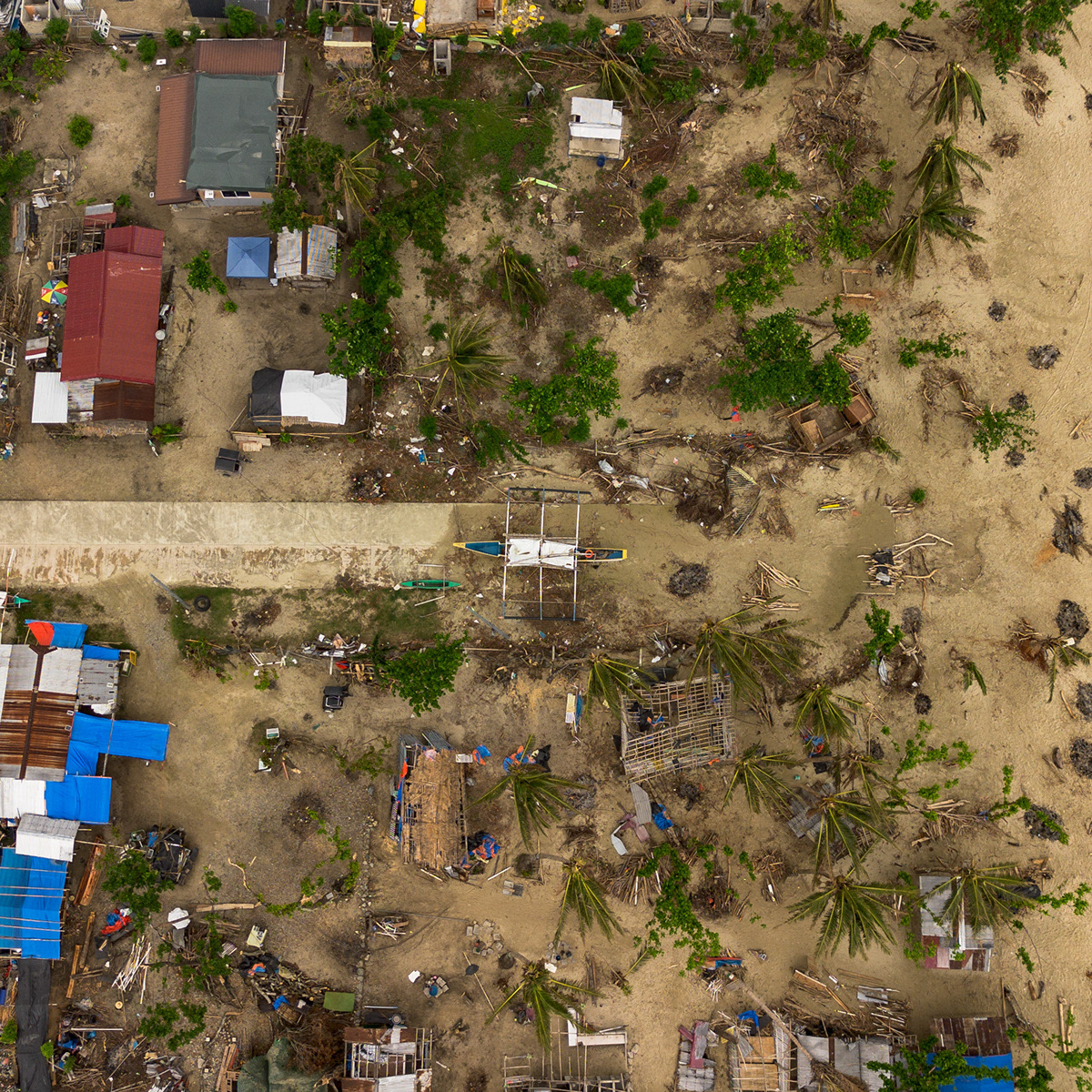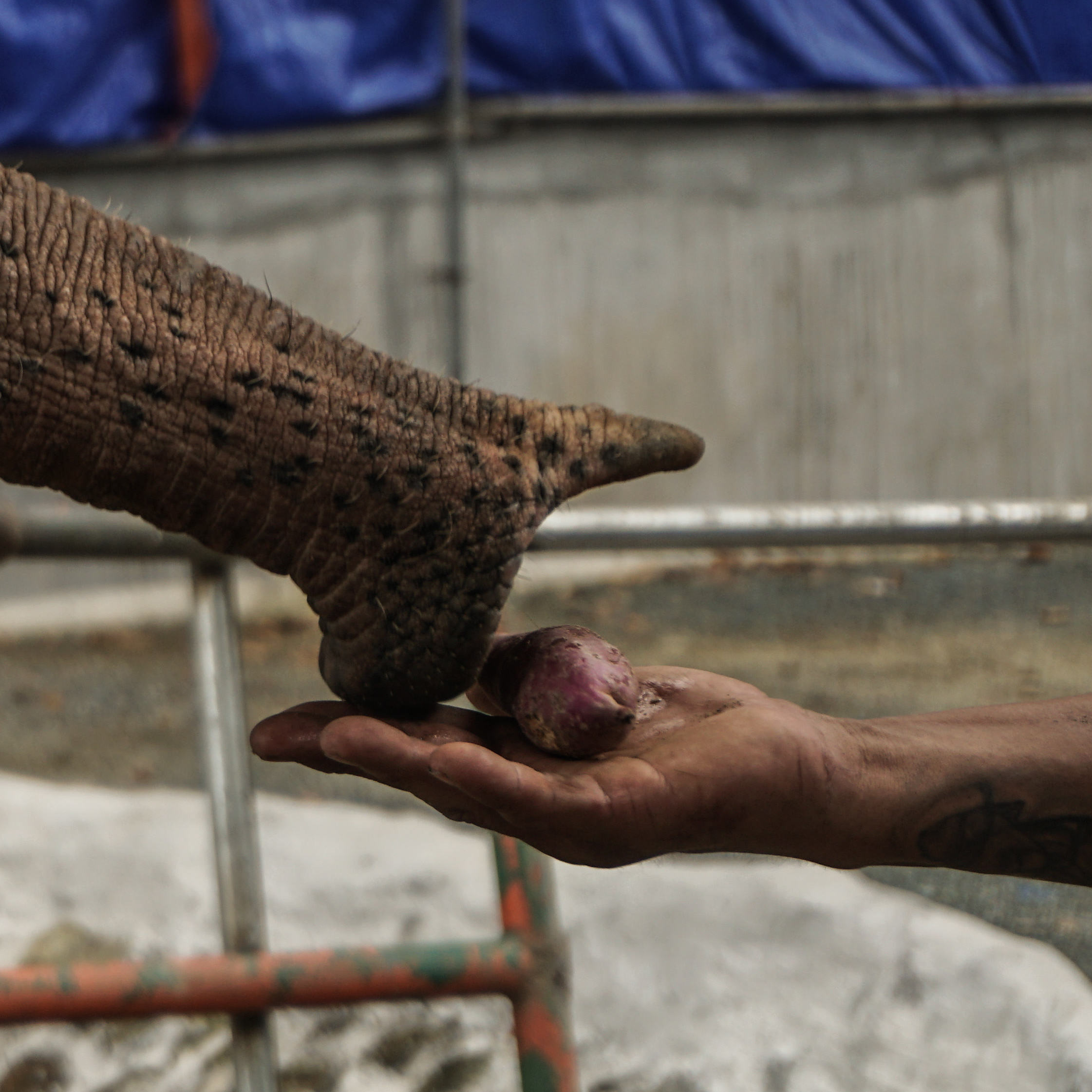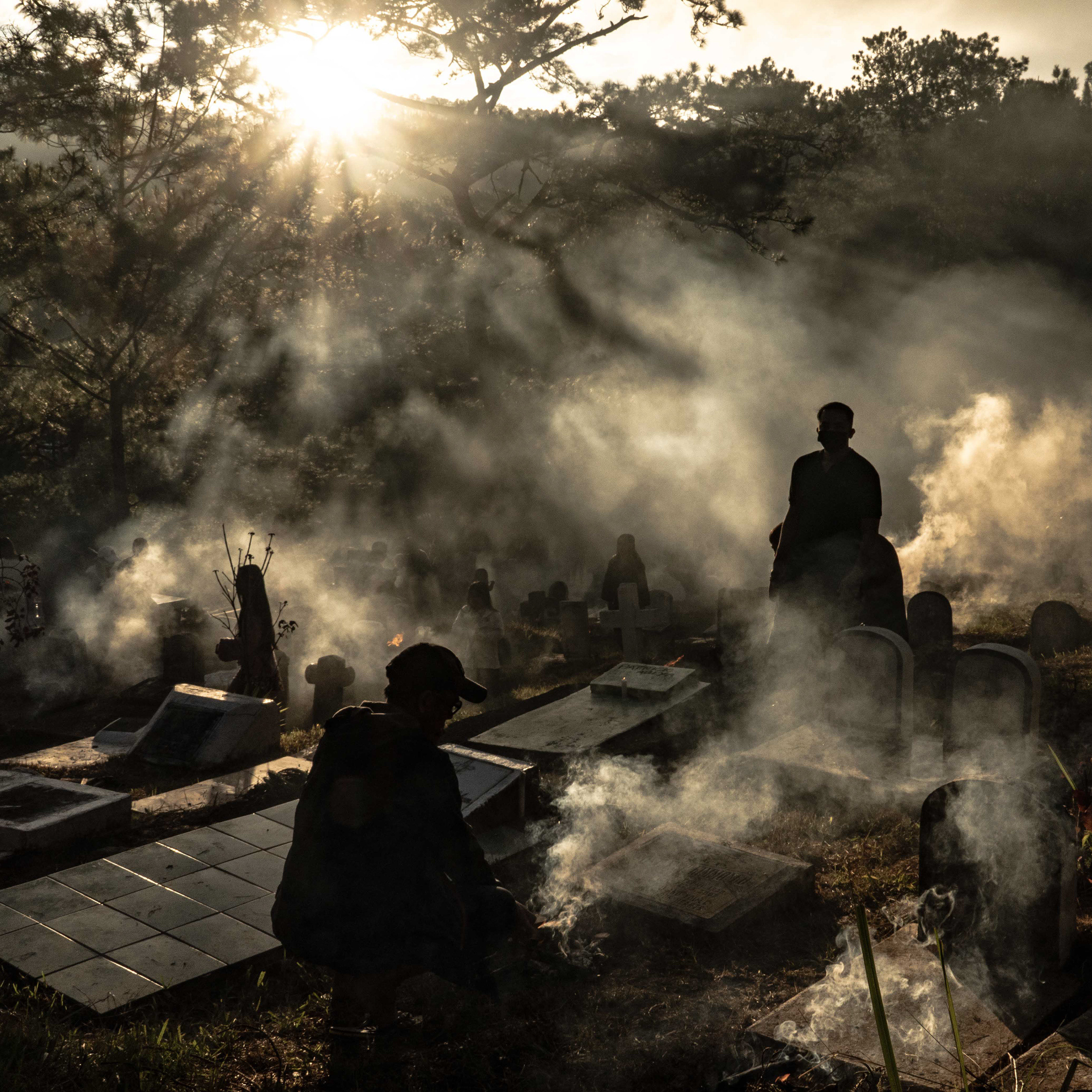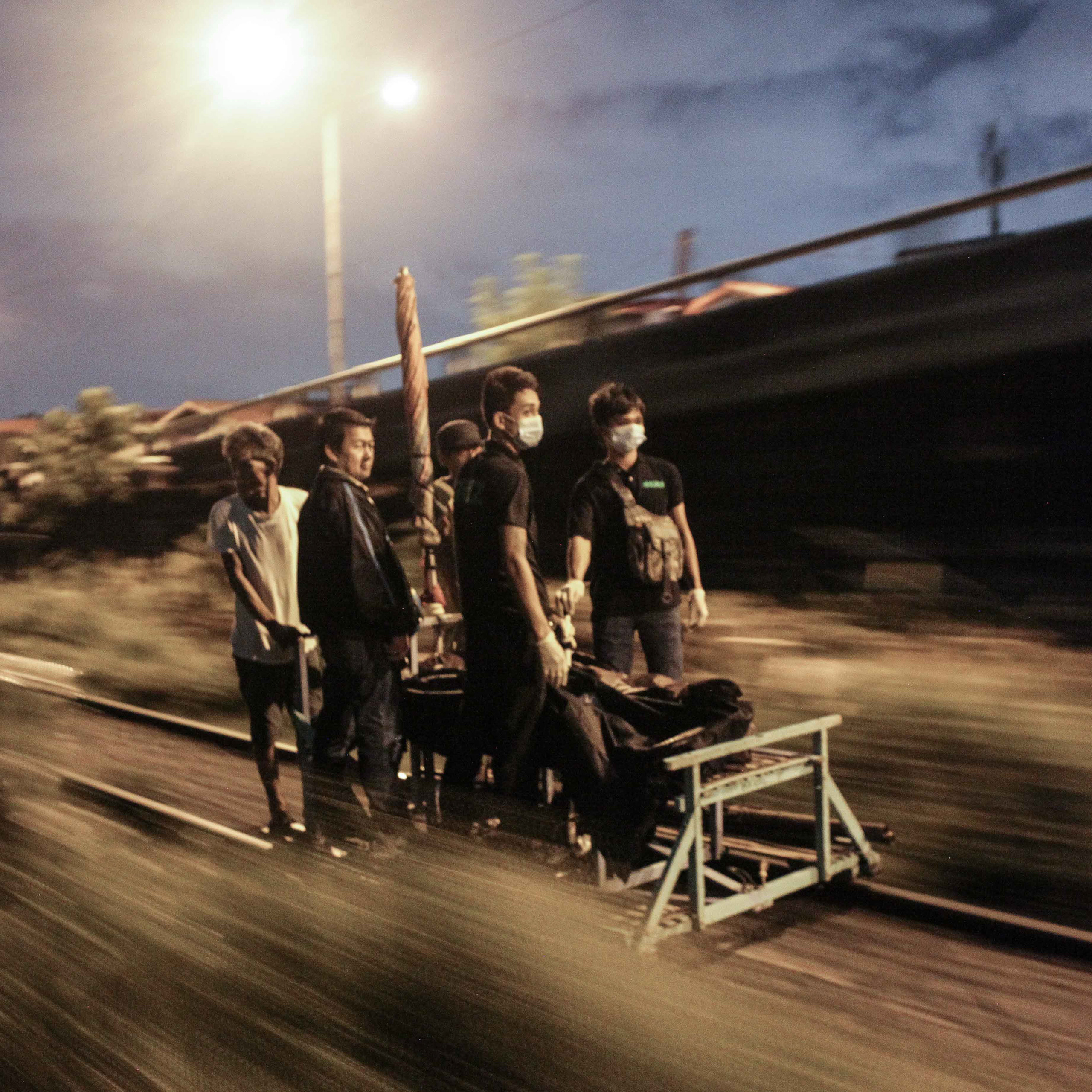Long before Spanish colonization, Chinese traders had already sailed to the Philippine archipelago, establishing deep cultural and economic ties. Over time, many Chinese immigrants settled and built lives in the country—contributing to commerce, culture, and community development. Today, generations of hardworking Chinese-Filipino families run thriving businesses that range from food and cosmetics to fashion and household goods.
Their communities—especially in traditional enclaves like Binondo, the world’s oldest Chinatown—are not just centers of trade, but vibrant expressions of cultural heritage. These spaces reflect a long history of cooperation and mutual influence between Chinese and Filipino people. Locals and visitors alike come to enjoy authentic cuisine and affordable products that cater to working-class Filipinos.
As time passed, Chinese immigrants also embraced Filipino traditions, blending their roots with the land they now call home.
But beyond these shared histories lies a complex geopolitical backdrop. Tensions between the Philippines and China escalated over territorial disputes in the West Philippine Sea. Filipino fishermen have reported harassment not only from Chinese vessels but also from other foreign entities, sparking outrage and fear. Despite a landmark ruling in 2016 by a United Nations tribunal favoring the Philippines, China rejected the decision and tensions have remained high.
Yet, on land, those political tensions have not fractured the bond between Filipino and Chinese communities. In markets, schools, and neighborhoods, cooperation and coexistence continue. The conflict at sea has not diminished the spirit of unity and mutual respect that has grown over centuries.
This photo story captures not just the history and economic contributions of Chinese-Filipino communities—but the resilience of relationships that endure, even in the face of conflict.
